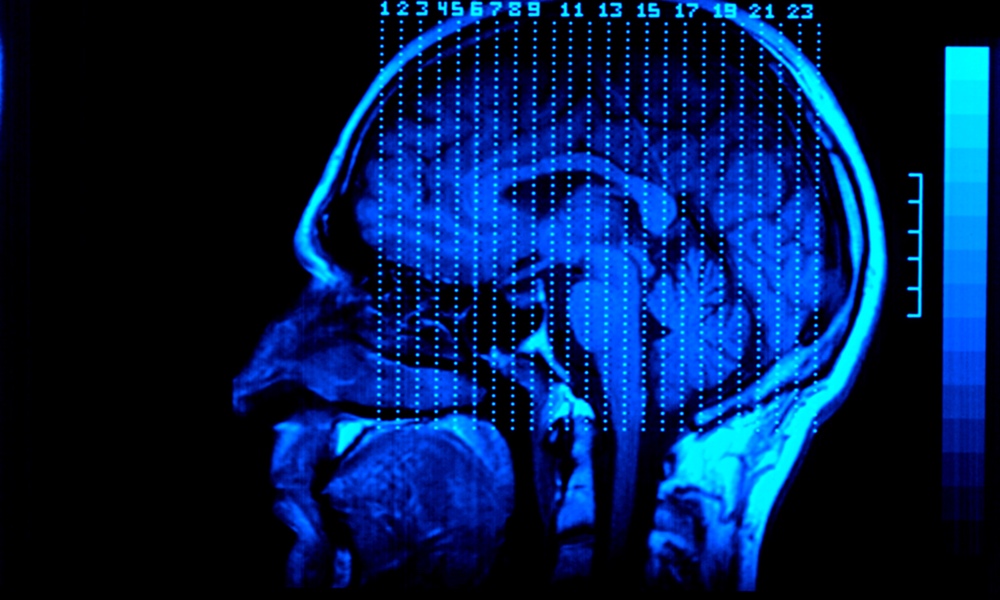The ability to use a pair of pliers and the ability to write a grammatically correct sentence have a lot more common in than you might think — both rely on the same area of the brain. So it may also be possible for people with head injuries or strokes to recover some of the language skills they've lost by developing their ability to use tools.
The tool-language connection was explored in 2019 when researchers showed there was a correlation between being proficient in tool use and having good syntactic ability. Those scientists looked at a general interconnecting network of brain activity.
This time the research was more focused. The scientists wondered if the use of a mechanical tool involving complex movements relied on the same specific brain resources as those used for complex language tasks. Their findings, they hoped, could help in designing rehabilitation exercises for patients whose language skills were impaired.
To investigate, the research team developed a series of experiments using a combination of magnetic resonance imaging (MRIs) and behavioral measurements. Participants completed several tests that consisted of training with 30 cm (almost a foot) long pliers and French syntax exercises. Syntax is the order or arrangement of words and phrases to form grammatically correct sentences. Using this method, the researchers were able to identify brain networks specific to each task and common in both.Given that these two skills use the same brain resources, the researchers wondered: is it possible to train one to improve the other?
They found that both tool handing and syntactic exercises resulted in brain activity, specifically in the region known as the basal ganglia.
Given that these two skills use the same brain resources, the researchers — from several European institutions including Inserm, CNRS, Université Claude Bernard Lyon, Université Lumier Lyon and the Karolinska Institute in Sweden — wondered: is it possible to train one to improve the other?
To find out, participants were asked to perform a syntax comprehension task before and after 30 minutes of training with pliers. The results showed that indeed, syntax comprehension improved after mechanical training. What’s more, the opposite was also true. Linguistic training with exercises to understand complex structured sentences helped with proficiency of plier use.
“We are currently devising protocols that could be put in a place to support the rehabilitation and recovery of language skills of patients with relatively preserved motor faculties, such as young people with developmental language disorders,” Inserm researcher, Claudio Brozzoli, said in a statement.
“Beyond these innovative applications,” he added, “these findings also give us an insight into how language has evolved throughout history. When our ancestors began to develop and use tools, this proficiency profoundly changed the brain and imposed cognitive demands that may have led to the emergence of certain functions such as syntax.”
The study is published in Science.





